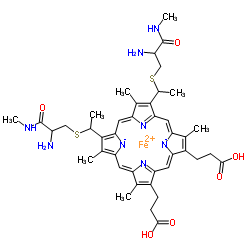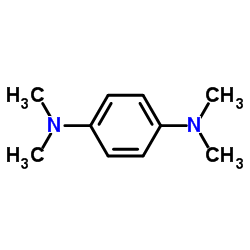| Structure | Name/CAS No. | Articles |
|---|---|---|
 |
Cytochrome C
CAS:9007-43-6 |
|
 |
Wurster's blue
CAS:100-22-1 |